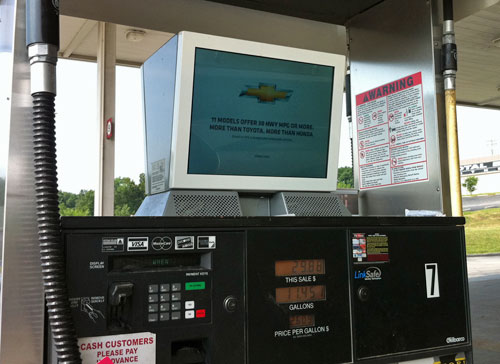David Cain is (Raptitude) helping me (and many others) “get better at being human.” In this post he explains how television has been used by “very-high-level marketers” to create a nation of people who typically:
- work almost all the time
- absorb several hours of advertising every night, in their own homes
- are tired and unhealthy and vaguely dissatisfied with their lives
- respond to boredom, dissatisfaction, or anxiety only by buying and consuming things
- have disposable income but can’t find a more fulfilling line of work without losing their health insurance
- create health problems for themselves, which can be treated with drugs they can “ask their doctor about”
- own far more items than they use, and believe they don’t have enough
- are easily distracted from the unhealthy state of their lives and their culture by breaking news and celebrity gossip
- perpetually convince themselves it is not the right time to make major lifestyle changes
- happily buy stuff that breaks within a year, and which nobody knows how to fix
- have learned, through the media’s culture of blame-mongering, that the key to solving public and private issues is to find the right people to hate
Wow. Sound like anyone you know?
I’m trying to stop watching the evening network news. A tough habit to break. It’s been part of my life since… well, since the beginning of network news. Thanks to DVR technology I can skip all the adds to which Mr. Cain refers.
My friend (and one of the 5 smartest guys I know) Henry has eliminated “news” completely. Or so he says. I’m not sure how one does that. But if anyone can, it’s Henry. He makes a compelling case that knowing the news adds nothing to his life. He’s very well (selectively?) informed, so…
The excerpts above don’t tell you much about “how to make trillions of dollars” so I encourage you to read the full post if that’s something you’d like to do.

